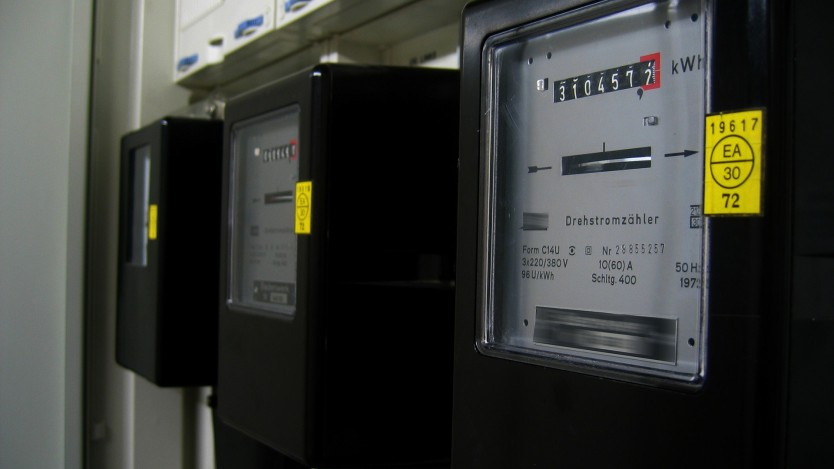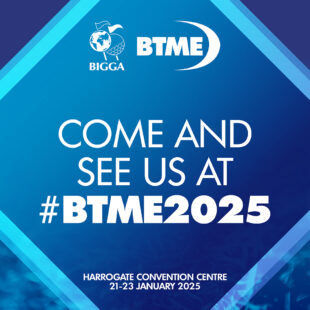Not many golfers will have heard of BSC Modification P272 but it does herald a change to the way many clubs will be charged for electricity in the future.
The Balancing and Settlement Code (BSC) Modification P272 ‘Mandatory Half Hourly Settlement for Profile Classes 5-8’ is an Office of Gas and Electricity Markets (Ofgem) change aimed to make billing more accurate. This will affect clubs which have Maximum Demand meters which, by April 2017, will be changed to a Half Hourly (HH) supply. To find out if this will impact you, simply check the first two digits of your Meter Point Administration Number (MPAN) (the Profile/Average consumption number) on your invoice or meter. Numbers starting 05, 06, 07 and 08 are all affected.
The data gathered by the Half Hourly supply meter will be used to help distributors better understand electricity usage and ensure that their networks are properly maintained. It is also designed to help suppliers purchase electricity more effectively and allow customers the opportunity to reduce their bills by moving to lower cost periods.
However, this move from a Maximum Demand Meter to a Half Hourly supply will mean increased charges for customers. It is mandatory that every Half Hourly meter has a Meter Operator Agreement (MOP) and a Data Collector/Data Retriever (DC/DR) for each supply and both of these carry additional costs.
On a positive note, Half Hourly meters provide assistance for energy management by providing accurate current information. Customers can use this information to see a clear picture of just how much energy their organisation consumes, and when, which should help them to be more in control of their energy usage.
Another charge that will now be levied is the Monthly Capacity Charge for the kVa power level allocated to the supply. The area distributor must initially determine the Maximum Import Capacity (MIC) for each supply which will be a level of kVa that must, as a minimum, be as large as the highest level of electricity used in any half hourly period, at any time of the year. Typically, this is based on your ‘peak’ energy use during a specific period, however, you are paying for the availability of your peak usage regardless of when it occurs. By managing your peak demand, by introducing energy saving appliances and consuming as much as possible at off peak times, you could have a real opportunity to control supply costs.
While P272 will bring more accurate charging there will be some who end up paying more, such as those clubs that consume more during peak times. Conversely, there will also be some winners. Clubs that were paying more than they should will find that the more accurate method of calculating charges works in their favour. Power management will be a big priority for those affected clubs to reduce consumption during peak periods.
Those clubs who are affected will need to appoint meter operators (MOP) and data collectors/data retrievers (DC/DR) ahead of the 1st April 2017 deadline. These MOP and DC/DRs will maintain and run the meters, and collect and send the new readings to energy suppliers for settlement purposes. This means new metering charges for each individual affected site which could be significant for some clubs.
The market is competitive and shopping around for DC/DR and MOP contracts early could provide clubs with significant annual cost savings for every metering point. Your current supplier will undoubtedly manage all this for you but, as with the previous electricity supply negotiations, simply rolling into a new contract may have a significant impact on price.
These changes and additional charges could actually have a big impact on finances, and your time, at a period when clubs are focused on finding efficiencies wherever possible. It will pay to act immediately to find out how your club will be affected and get the best deal possible.
By GCMA



